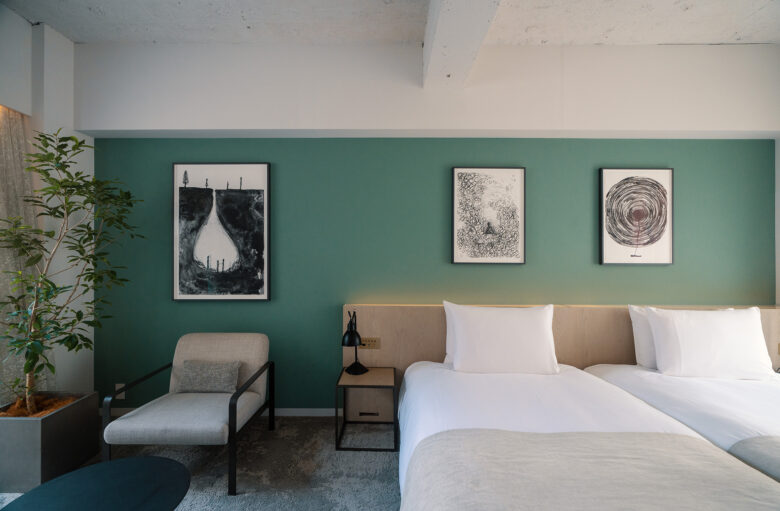ROOM 02 CHIHARU SHIOTA


Chiharu Shiota was born in Osaka in 1972. Currently based in Berlin, she moved to Germany after graduating from the Oil Painting Course at Kyoto Seika University. There she studied under Marina Abramović at the Braunschweig University of Art (HBK) and Rebecca Horn at the Berlin University of the Arts (UdK).
In 2008, she received the Art Encouragement Prize from the Japanese Minister of Education, Culture, Sports, Science and Technology. She has held solo exhibitions at museums around the world, including the Mori Art Museum in Tokyo, the Art Gallery of South Australia, and the National Museum of Art, Osaka. In 2015, Shiota created the installation in the Japanese pavilion at the 56th Venice Biennale.
Shiota creates artworks using diverse methods, from her distinctive large-scale installations with black and red threads stretched around the entire space to sculpture, photography, and videography. Her work expresses intangible ideas like memory, anxiety, dreaming and silence, confronting the viewer with universal and fundamental questions about life and death or presence within absence. Four silk-screened drawings are exhibited in this room.
Shiota moved away from painting toward other forms of artistic creation after completing her studies at university, but began showing drawings around 2005. The frequent appearance of concentric lines expresses a perspective that seeks to grasp body and cosmos—in other words, the microscopic and macroscopic world—at the same time.
In one work, the overlap of circles beginning from the abdomen of a human figure (presumably the artist herself) resembles a tornado. In another, the line connecting a person lying down and the centre of a circle suggests the placental link between mother and child. Shiota has also used earth and soil in her work to represent a place returned to after death.
The depiction of people living underground in another work invites the viewer to perceive the truths hidden not just in visible but also in invisible areas, much as a large tree spreads its roots deep underground.
Another work is drawn in innumerable fragments that fill the space apart from the glimpsed presence of a person’s shadow and a table, reminiscent of a scene in a room that once existed.
These drawings offer a view of the awareness and process behind Shiota’s installations, revealing her most fundamental nature as she continues to create based on her feelings and experiences.

